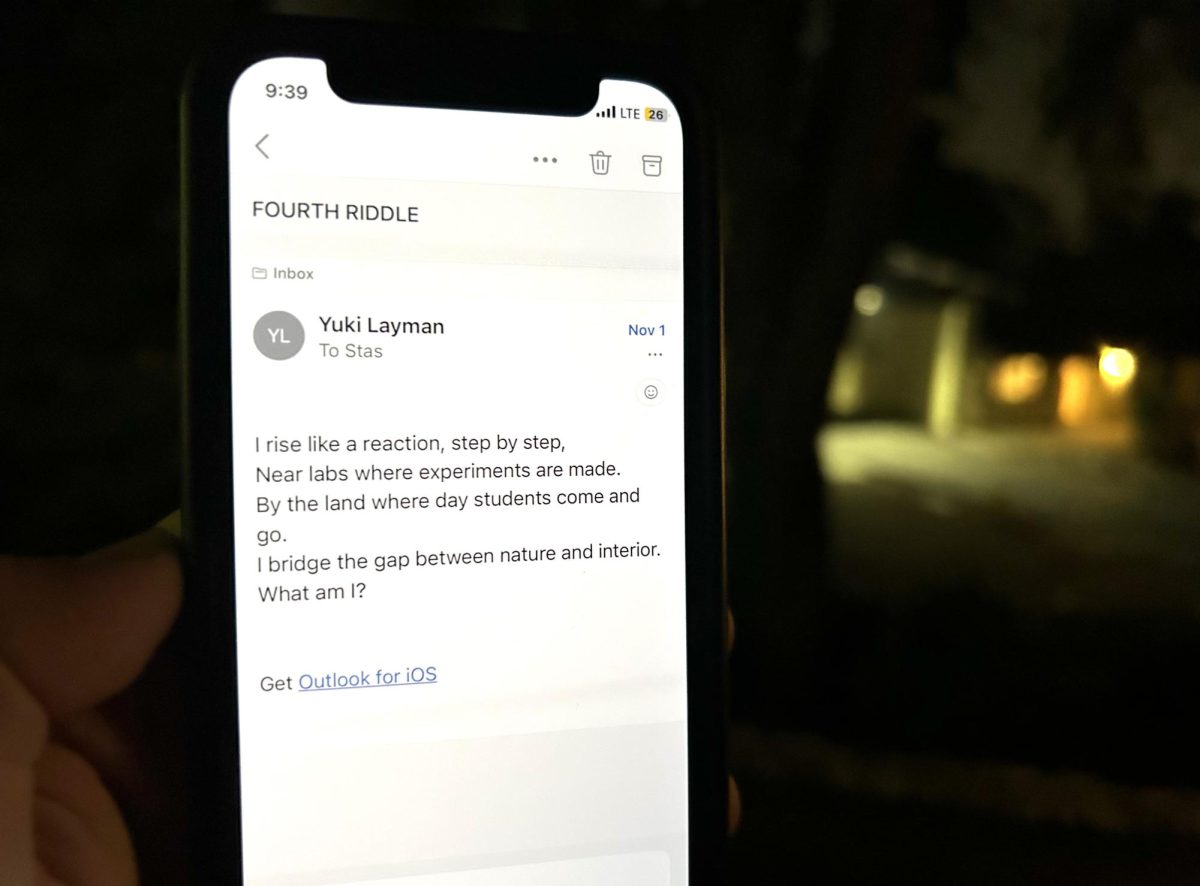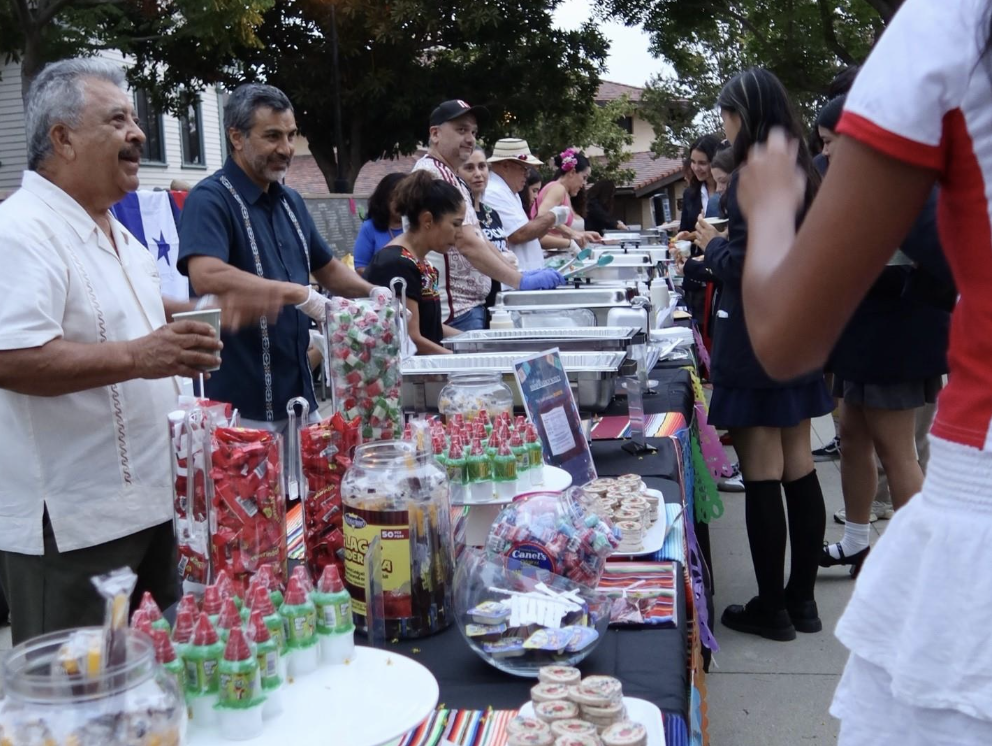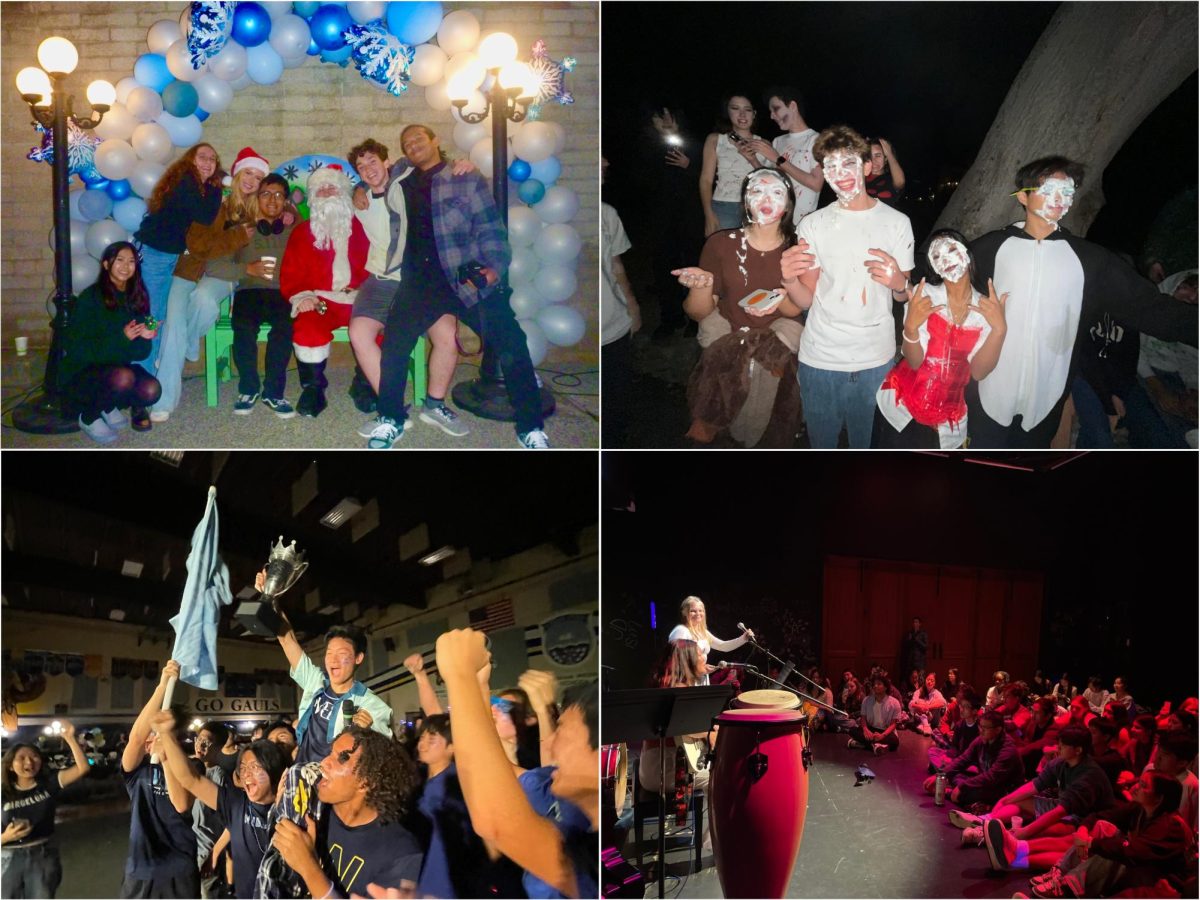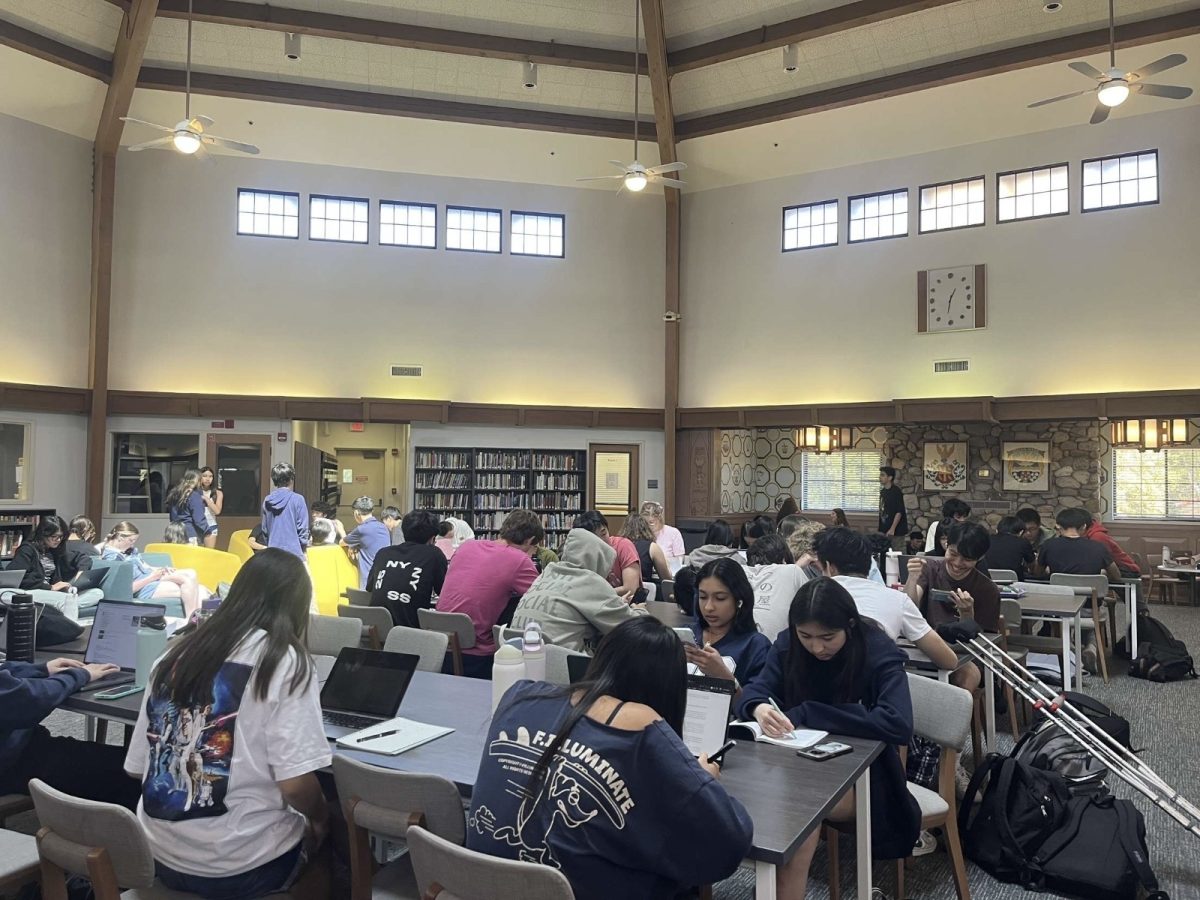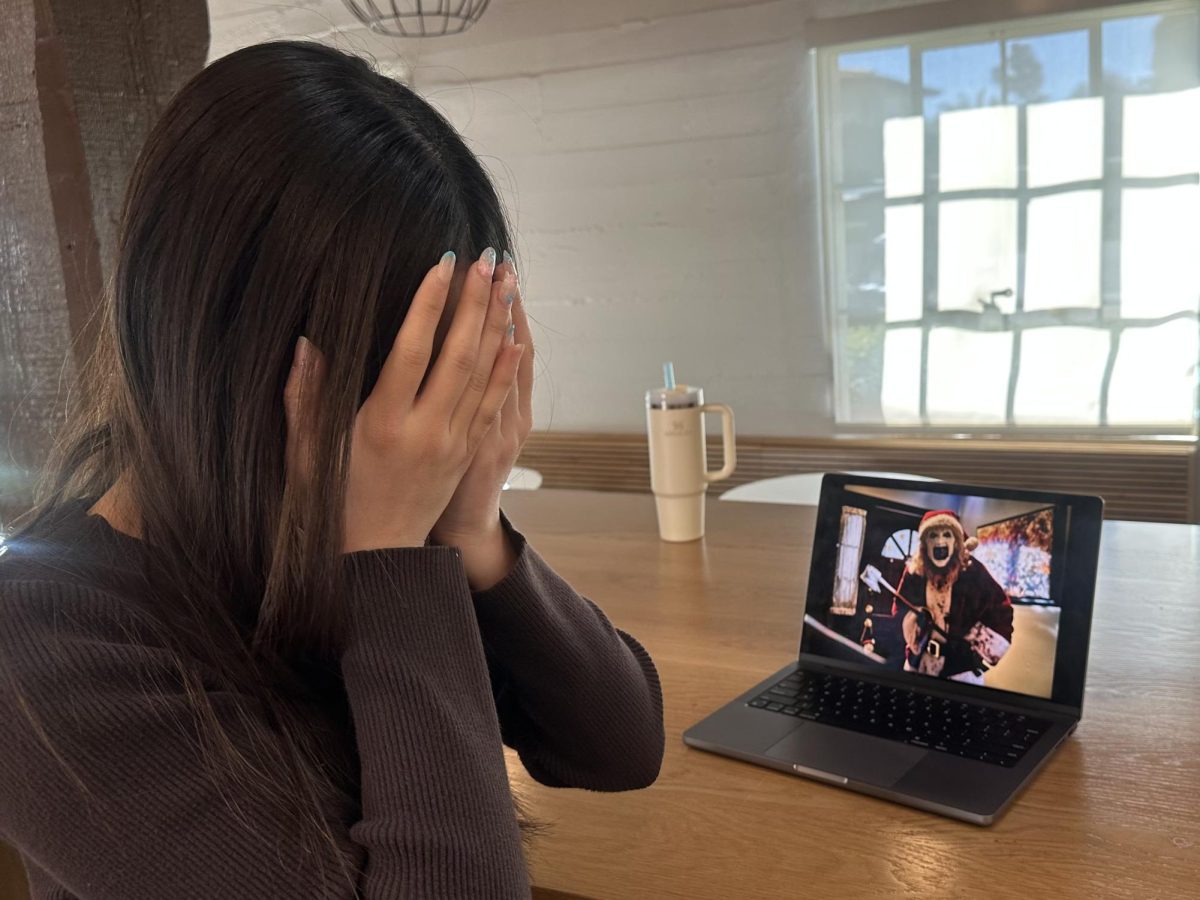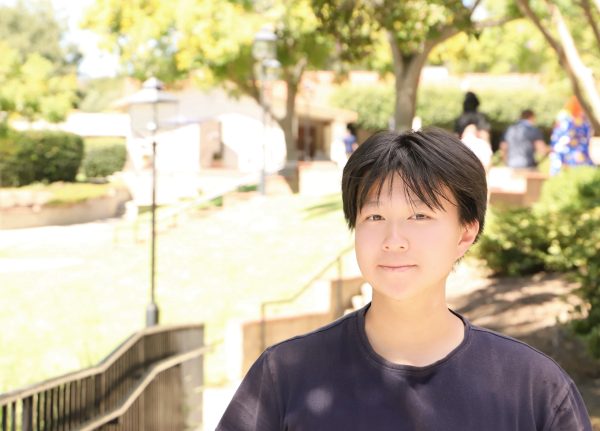It is freezing outside, but adrenaline is coursing through the bodies of Webb students as they head down to crossroads. In five minutes, they will receive their neon glow stick bracelets from the peer advisors––dressed in rags and covered in blood. PAs, who usually assist students around campus, will soon be their pursuers.
Welcome to the annual zombie apocalypse.
“I think it was very fun,” said Gary Dong (‘28), a freshman participating in Zombie Apocalypse for the first time. “I enjoyed the rush of adrenaline being chased by zombies.”
The rules are simple: run, get to the checkpoints scattered across campus, and most importantly, avoid the zombies. Humans have neon glowsticks on them and are tasked to figure out the clues posted on STAS that lead them to each checkpoint, where they receive a colored bracelet.
The human that collects all six colored bracelets in the shortest time wins.
Zombies, on the other hand, receive glow sticks by tagging humans and win by having the most in the end. This year, the checkpoints were spread across campus––the first checkpoint at the chapel, the second behind the poolside storage, and the third up in the softball field near the gymnasium.
“The checkpoints were overall fine,” said Hanzhi Liang (‘28). “The only checkpoint that was difficult to get to was the softball field because you have to climb up gym hill.”
With the riddles announced on STAS, the zombies also creeped toward the checkpoints, hoping to catch some humans making their way to receive their next bracelet. With many zombies crowding around the path to the checkpoints, it was difficult for humans to get past them.
“I think it would be nice to minimize the zombies around the checkpoints,” Hanzhi said. “That would allow more humans to get to the checkpoints. I see many people getting infected within a few minutes into the game.”
Due to the cold weather outside, most participants wore sweatshirts and long-sleeved clothes. However, students used their sleeves to hide their neon bracelet from the zombies.
“People are always hiding their glowsticks,” Gary said. “It was difficult to tell who was a zombie and who was a human. They can consider making the thing that identifies humans more visible next year.”
Having so many people running around in the dark does pose safety issues as well. PAs were worried about students, most of whom were dressed in black to blend into the darkness, and the danger of incoming cars.
“I feel like the rules should be more specific,” said Kira Armstrong (‘26), who was a PA passing out wristbands at the checkpoints. “For example, the no-vehicle rule should probably say something like ‘no wheels.’ We also started planning a little late, releasing a few of the riddles out of order and one of them with the answer.”
PAs are considering what could be changed about the game in the future.
“Next year, we can have a set schedule for when each person is supposed to show up to their station,” Kenny Clay (‘25) said. “Or schedule times for the clue emails to go out ahead of time.”
Receiving feedback from students who participated in the event, the PAs are working towards improving the experience of zombie apocalypse.
“We talked about organizing the riddles a bit more, so mix-ups don’t happen in the future,” Kira said. “It was a bit hectic, but we handled it well and made the most out of it!”


